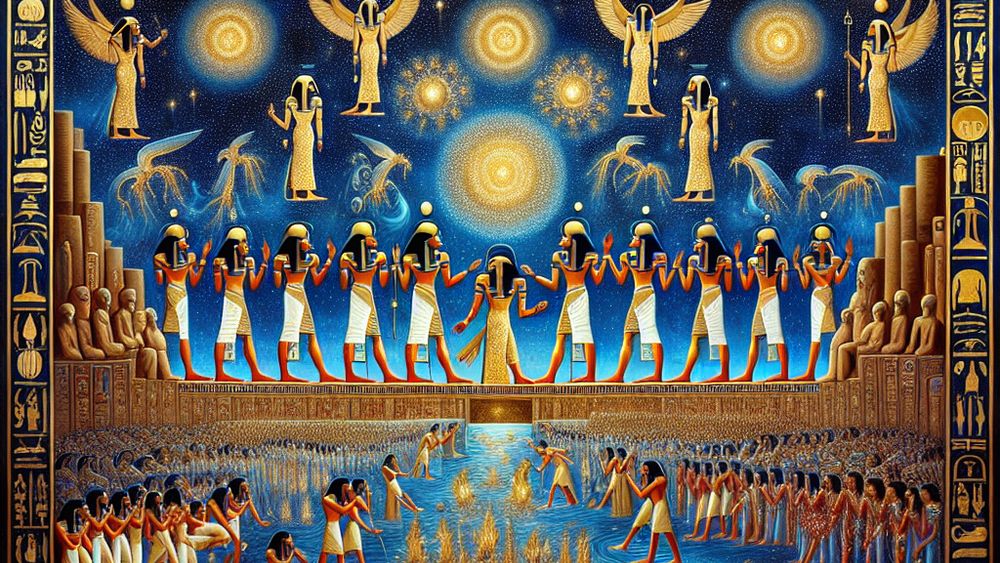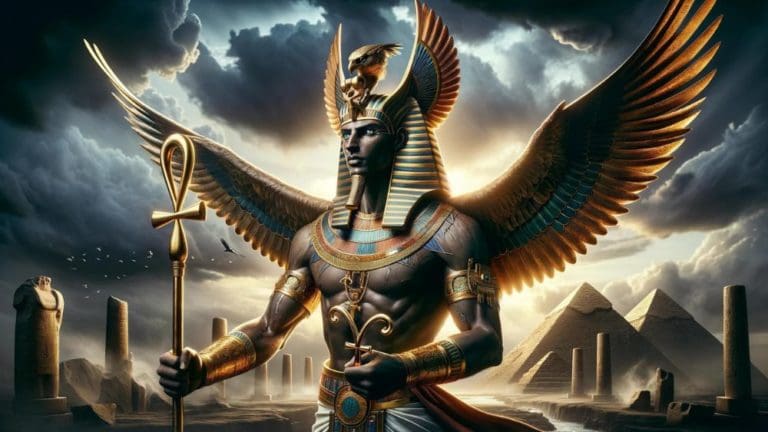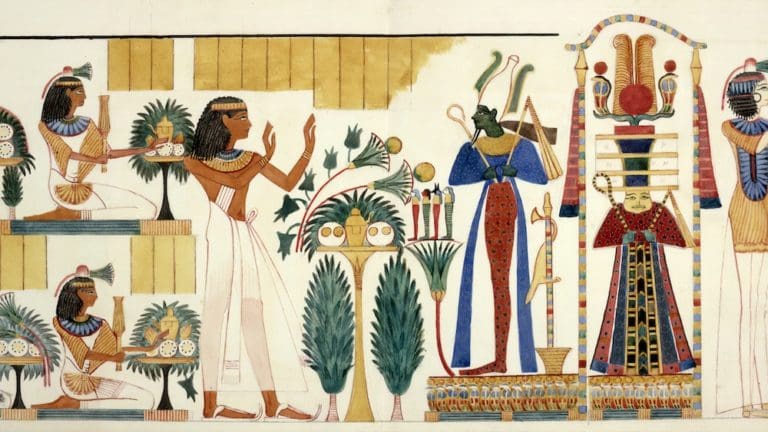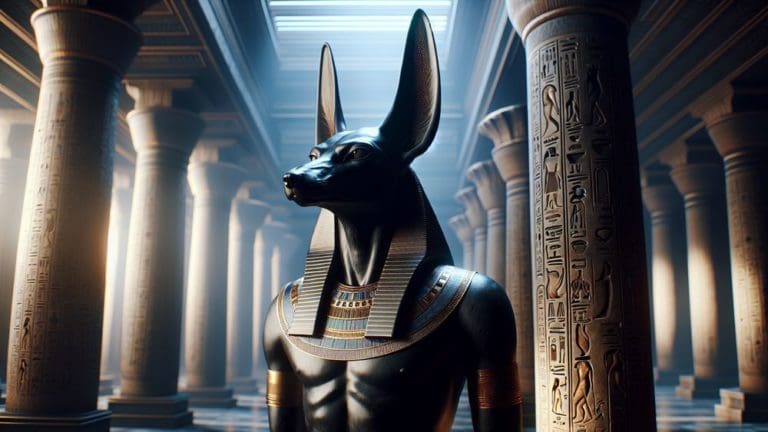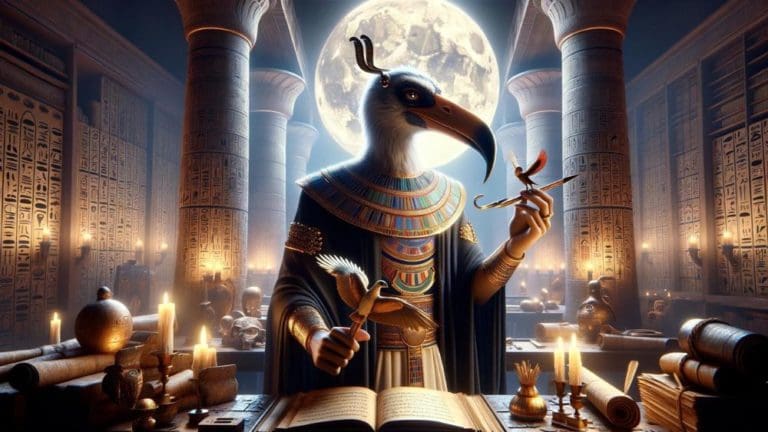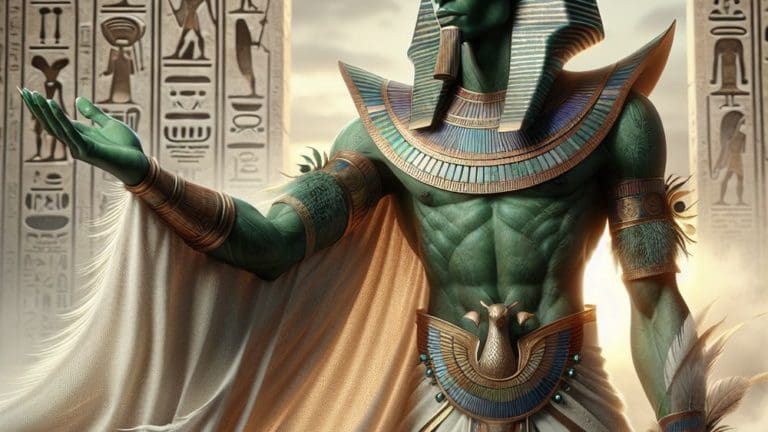Unveiling The Divine Wrath: Ten Egyptian Plagues For Ten Egyptian Gods
Unveiling The Divine Wrath: Ten Egyptian Plagues For Ten Egyptian Gods
Venture back in time with me, as we delve into the enigmatic world of ancient Egypt, a realm where gods and Pharaohs wielded unmatched power over the land and its people. Imagine the awe and fear that must have filled the hearts of Egyptians as they witnessed the Ten Egyptian Plagues For Ten Egyptian Gods, events so catastrophic they are remembered millennia later. What secrets do these divine judgments hold? And how did they shape the relationship between the Egyptians, their deities, and the world around them? Let’s embark on this journey together, seeking answers hidden in the sands of time.
Key Points:
- The Ten Egyptian Plagues challenged the authority of specific Egyptian deities.
- Each plague targeted a different Egyptian god, symbolizing a direct confrontation.
- The plagues led to a shift in Egyptian society, faith, and economy.
- The theological implications highlighted the power of the God of Israel over Egyptian deities.
- Modern interpretations explore ecological, cultural, and theological insights of the plagues.
- The plagues serve as a reminder of humility in the face of divine and natural forces.
- The enduring power of religious narratives shapes cultures and beliefs.
Each plague, a divine message, challenged the authority of Egyptian gods, altering the course of history. Through the lens of history and archaeology, we uncover the intricate dance of power, faith, and survival. Could these events described in the Book of Exodus be more than just stories? How did they impact the beliefs, society, and the very foundation of ancient Egyptian civilization? Join me as we unravel the mysteries entwined with the gods of Egypt and the biblical plagues that challenged their might.
Deciphering the Divine Judgments: The Ten Plagues and Their Associated Deities
In our quest to unveil the mysteries behind the Ten Plagues, we explore how each act of divine wrath was not just a random catastrophe but a targeted challenge to the power and authority of specific Egyptian deities. This exploration not only illuminates the deep connections between the natural world and religious beliefs in ancient Egypt but also invites us to reflect on the dynamic interplay between faith, power, and human experience.
1. Nile Turns to Blood: Challenging Hapi, the God of the Nile
The transformation of the Nile’s waters into blood directly confronted Hapi, the deity responsible for the floods that nourished Egypt. This first plague symbolized the stripping away of life’s essence, challenging the very foundation of Egyptian sustenance and prosperity.
- The Nile was Egypt’s lifeline, providing water, food, and transport.
- Turning it to blood symbolized an attack on the source of Egypt’s fertility and well-being.
Challenging the foundation of what sustains us ultimately leads to transformation and growth.
2. Frogs: Confronting Heket, Goddess of Fertility and Water Renewal
An explosion of frogs from the Nile confronted Heket, revered as the goddess of fertility and birth. Frogs, symbols of life and regeneration, became instruments of chaos, infiltrating homes and disturbing the peace.
- Frogs were considered sacred, manifesting Heket’s protection and blessings.
- Their overwhelming presence became a curse, defying her dominion over fertility and renewal.
3. Gnats: Defying Geb, the Earth God
From the dust of the earth came gnats, tiny creatures defying Geb, the god who personified the Earth itself. This plague assaulted Egyptians with annoyances that originated from their sacred ground, challenging their reverence for natural order and their deific guardian.

- Gnats from the earth’s dust signified a violation of the sanctity of Geb’s domain.
- This challenge to Geb questioned the stability and safety of the land beneath their feet.
The relentless presence of gnats symbolized the pervasive and inescapable reach of the divine judgment, penetrating even the most mundane aspects of daily life.
4. Flies: Opposing Khepri, the God of Creation, Movement of the Sun, and Rebirth
Swarming flies personified chaos, challenging Khepri, the god of creation, sunlight’s movement, and the cycle of life and rebirth. Their intrusion upon the Egyptian way of life represented a direct affront to Khepri’s cycle of daily renewal.
- Flies disrupted the order Khepri was believed to maintain.
- Their dominance in the skies diminished the sun god’s authority, impinging on his realm of light and regeneration.
Flies symbolize chaos and disruption, challenging the balance and authority of the god of creation and renewal in Egyptian culture.
5. Death of Livestock: Questioning Hathor, Goddess of Love and Protection
The death of livestock struck at the heart of Hathor, the goddess who embodied love, protection, and was often depicted as a cow. This plague threatened the Egyptians’ food supply and economic stability, directly challenging Hathor’s role as protector of the nation.
- Livestock were intrinsic to Egyptian culture and economy, symbolizing wealth and prosperity.
- Their widespread death questioned Hathor’s ability to safeguard her people and their livelihoods.
6. Boils: Challenging Sekhmet, Goddess of Healing and War
In an act of divine defiance, the sixth plague brought painful boils upon the Egyptians, challenging the very essence of Sekhmet, the goddess known for her healing power and prowess in war. This debilitating condition not only tested the limits of her healing abilities but also symbolized a profound insult to her protective dominion over the people of Egypt.
- Purpose: Demonstrating power over Sekhmet and undermining her role as protector.
- Method: Infliction of painful boils on the people and animals.
- Result: Challenged the confidence in Egyptian deities to protect and heal.
- Significance: Highlighted the dominance of the God of Israel over Egypt’s gods and goddesses.
Inflicting painful boils challenged the confidence in Egyptian deities and highlighted the dominance of the God of Israel.
7. Hail: Rebuking Nut, the Sky Goddess
The seventh plague unleashed torrential hail, an unparalleled rebuke towards Nut, the sky goddess who draped the heavens above the Egyptians. This meteorological phenomenon not only disrupted the natural order but it also questioned Nut’s dominion over the skies, a realm thought to be unassailable.
- Impact: Shattered the perception of invulnerability of the sky goddess.
- Method: Dispatching destructive hail that devastated crops and livestock.
- Symbolism: Asserted divine control over the sky, undermining Nut‘s authority.
- Effect: Instilled doubt and fear regarding the power and protection offered by Egyptian deities.
8. Locusts: Undermining Seth, God of Storms and Disorder
The eighth plague of locusts brought agricultural devastation, directly challenging Seth, the god of storms and disorder. This catastrophe undermined his capability to sow chaos on his own terms, as the locusts, agents of havoc themselves, acted under a higher authority.
- Target: Seth’s image as the patron of chaos and disorder.
- Method: Unleashing a horde of locusts to consume what was left after the hail.
- Effect: Demonstrated divine control over chaos, ironically using Seth‘s domain against him.
- Message: A clear declaration of power over Seth’s influence and the natural order he represents.
9. Darkness: Diminishing Ra, the Sun God
By casting three days of darkness over Egypt, the ninth plague represented a direct affront to Ra, the esteemed sun god, dimming his life-giving luminescence and challenging his unrivalled power to illuminate the world. This profound darkness undercut the foundational Egyptian belief in Ra’s unassailable authority over the day.
- Aim: To diminish Ra’s status by directly obscuring the sun.
- Method: Plunging Egypt into unyielding darkness for three days.
- Consequence: Encroached upon Ra’s domain, showcasing a power beyond his control.
- Interpretation: Symbolized a divine dominance over even the brightest of Egypt’s deities.
Diminishing Ra’s authority by plunging Egypt into darkness showcased a power beyond his control.
10. Death of the Firstborn: Defeating Osiris, God of the Afterlife and Resurrection
The tenth plague, the death of the firstborn, represented the ultimate defiance against the Egyptian pantheon, directly confronting Osiris, the god of the afterlife and resurrection. It was a poignant declaration that dominion over life and death lay with the God of Israel, completely subverting Osiris’s authority and questioning his power to protect the souls of Egypt.

- Objective: To challenge Osiris’s role as protector of the deceased.
- Method: Striking down the firstborn of Egypt, a blow directly to the heart of Egyptian societal and religious structure.
- Outcome: Demonstrated the power of the God of Israel over life, death, and the afterlife.
- Implication: Signaled a divine supremacy that transcended the boundaries of mortal existence and the realms of the gods.
FAQs
1. Q: Which Egyptian god was directly challenged by the plague of darkness?
A: Ra, the sun god, was directly challenged by the plague of darkness. This act symbolized the suppression of the source of life and warmth, casting a shadow over Egypt’s most revered deity.
2. Q: How did the plagues demonstrate the power of the God of Israel over Egyptian deities?
A: The plagues demonstrated the power of the God of Israel by directly countering and undermining the powers attributed to various Egyptian deities. Each plague served as a pronouncement of superiority over the gods worshipped by the Egyptians.
3. Q: Are there historical records outside the Bible that mention the ten plagues?
A: While there are few direct historical records outside the Bible specifically mentioning the ten plagues, there exist ancient Egyptian texts that record events of natural disasters and socio-political turmoil that some scholars suggest could correlate with the Biblical account.
4. Q: How have modern scholars interpreted the ten plagues?
A: Modern scholars have interpreted the ten plagues from various angles, including as historical events magnified by oral tradition, metaphorical stories with deep theological implications, and ecological phenomena recorded through the lens of religious belief.
Conclusion
In exploring the Ten Egyptian Plagues for Ten Egyptian Gods, we’ve journeyed across ancient landscapes, delved into mythic battles, and illuminated the enduring power of religious narratives in shaping cultures and beliefs. Each interpretation, from archaeological findings to modern scholarly debates, adds layers of understanding to these ancient tales, inviting us to reflect on the complex interplay between nature, divinity, and human society. As we turn the final page on our exploration, let’s carry forward the spirit of inquiry and appreciation for the past that connects us to the countless generations before us who also sought answers in the stars, the sand, and the sacred texts.
May the stories of the Ten Egyptian Plagues for Ten Egyptian Gods inspire you to continue seeking knowledge and understanding, not just of history, but of the human spirit and its enduring quest to make sense of the world around us. Until our paths cross again in the pursuit of mysteries unveiled, farewell, and keep the flame of curiosity alight.
With warm regards,
Cedric

